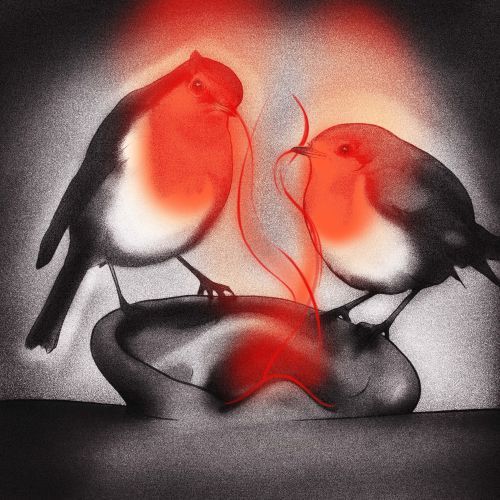Mental health and nature, birds and nut consumption
Researchers from Monash University and the Turner Institute for Brain and Mental Health performed a brain mapping project based on a study of nearly 1,300 people with six mental illnesses and neurodevelopmental disorders. By measuring the volume and size of 1,000 different brain areas, they found an “extraordinary variety” of brain changes in people with schizophrenia and major depression. Patients with bipolar disorder, obsessive-compulsive disorder, attention deficit hyperactivity disorder and autism spectrum disorder were also studied. Based on this finding, treatment of mental illness can be more effective when it focuses on the individual’s brain rather than on group averages.
According to Carleton University researchers, areas with less bird diversity have more hospital admissions for mental illness. This finding highlights the complex relationship between mental health disorders and the state of biodiversity. In 2022, researchers at King’s College London found that watching birds and listening to them singing was associated with mental well-being, with effects lasting up to eight hours. The strongest predictors of hospital admissions for mental illness were income and green areas in the patient’s environment.
Daily, eating a handful (about 30g) of nuts (walnuts, brazils, cashews, almonds, hazelnuts and pistachios) is associated with a 17% lower risk of depression. According to scientists from the University of Castilla-La Mancha, nuts’ anti-inflammatory and antioxidant properties may have a protective effect.























